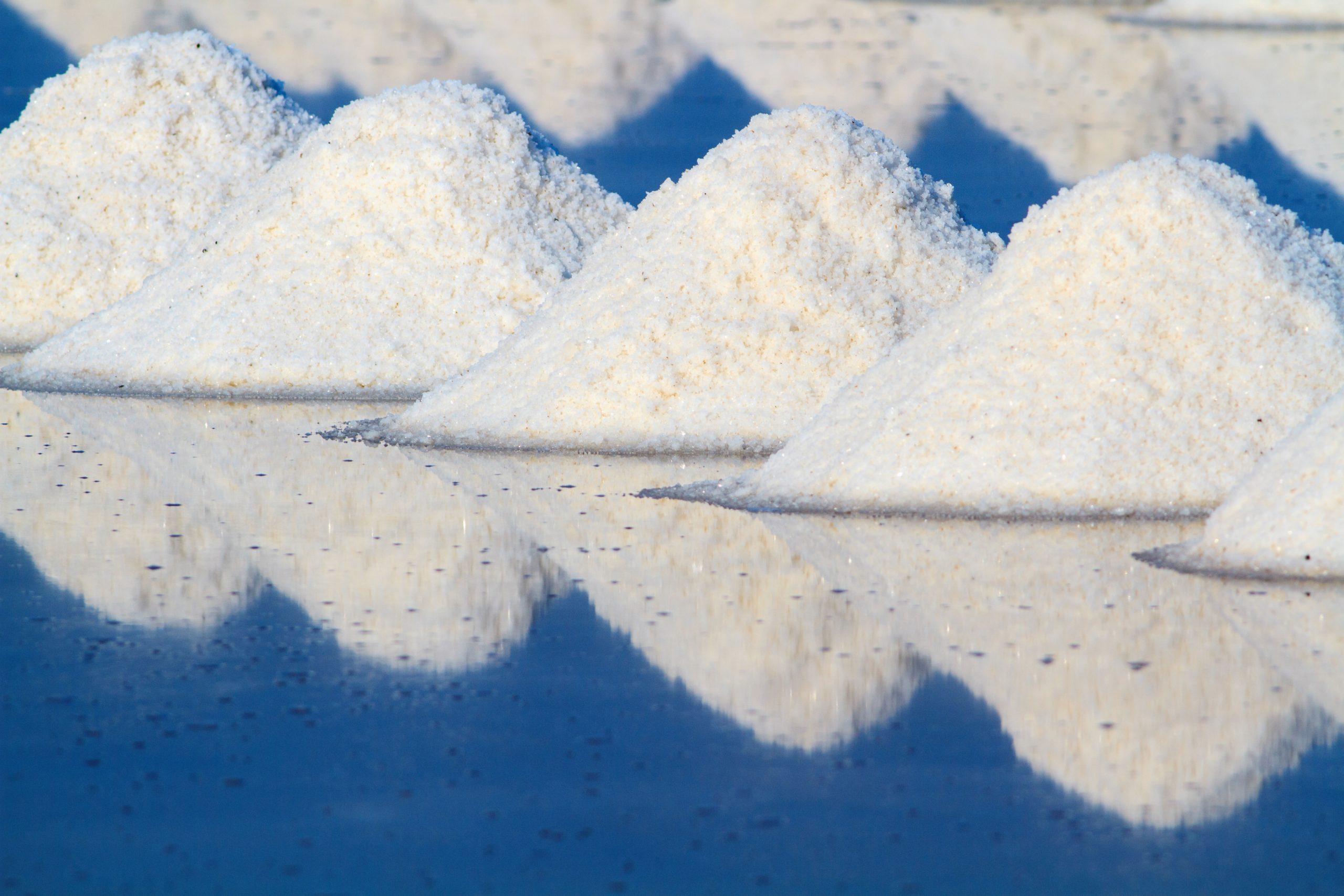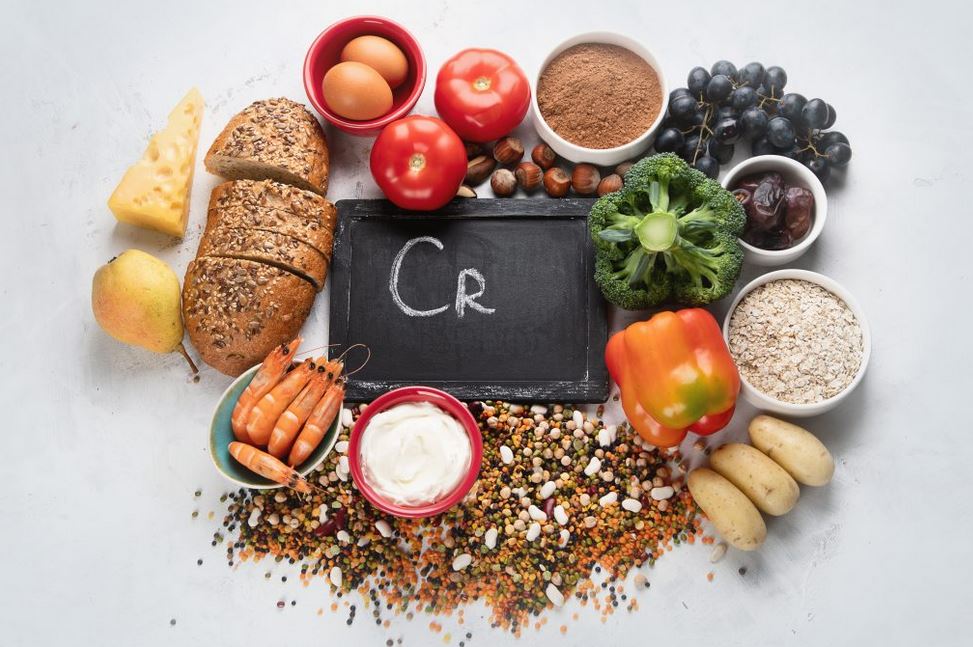Metabolic Types and Subtypes as Recognised in HTMA Patterns
David L Watts, PhD, Director of Research at Trace Elements Many clients have asked questions about the metabolic subtypes that are determined in the HTMA mineral patterns. Although each type is described in individual reports, this discussion will provide further details.Sympathetic and Parasympathetic Metabolic Types The Sympathetic Metabolic Type 1, is also known as Fast Metabolic Type 1. The Parasympathetic Metabolic Type 1 is known as the Slow Metabolic Type 1. In review,...
Vitamin E Update
Vitamin E is a group of eight compounds, α-, β-, δ-, ϒ-tocopherols and α-, β-, δ-, ϒ-tocotrienols, which are lipid-soluble. All vitamin E isoforms have antioxidative, antiproliferative, pro-apoptotic, anti-angiogenic and anti-inflammatory effects (2,3). Vitamin E, although not as effective as Selenium, is also a very useful aid in detoxification and in the reduction of methylmercury toxicity (1). Key sources of tocopherols are sunflower & rapeseed oil, whereas important sources of tocotrienols...
Sodium – Mastering Minerals Series 1
In this article we look at the latest research on sodium, including storage, and an individual’s ability to absorb it and utilise it independent of intake. Characteristics of sodium InterClinical eNews July, Issue 108 Sodium is the sixth most abundant element in the earth’s crust and the second most abundant element in seawater. An adult human body contains about 250g of sodium and any excess is naturally excreted by the body. About 85%...
Chromium – Mastering Minerals Series 1
InterClinical eNews June 2020, Issue 107 Chromium is the eighth largest classical element in the earth’s crust.1 The human body’s total content is approximately 6 milligrams. 8 It is widely distributed in the atmosphere, soil, water, animals and plants in the form of chromite. Chromium is a biologically active element which is at its highest in body tissue at birth and declines with age. 8 The first major research on chromium in...
Heart Disease, Copper and Soft Drinks
InterClinical eNews June 2019, Special Edition Recently a popular news story warned that high, long term consumption of sweetened beverages such as soft drinks and soda may increase health risks. A study published in the journal Circulation (1) found that sugar-sweetened beverages, as well as artificially sweetened beverages, were associated with mortality rates. The study consisted of over 37,000 men and over 80,000 women who were followed for over 20 years. Their...
Sulphites, SIBO & the Maladaptive Response
InterClinical eNews April 2019, Issue 91 This month's issue explores the metabolic disorder sulphite syndrome. We take a look at why sulphites accumulate, highlight the key elements of the symptom picture, discuss how the body adapts, and consider whether some treatment-unresponsive subsets with gut conditions such as SIBO might fit this profile. Lastly, we discuss simple strategies for treatment. Sulphur's Roles in the Body Sulphur's many important roles include being a component of cell structural integrity, gastrointestinal tract lining, connective tissue,...




